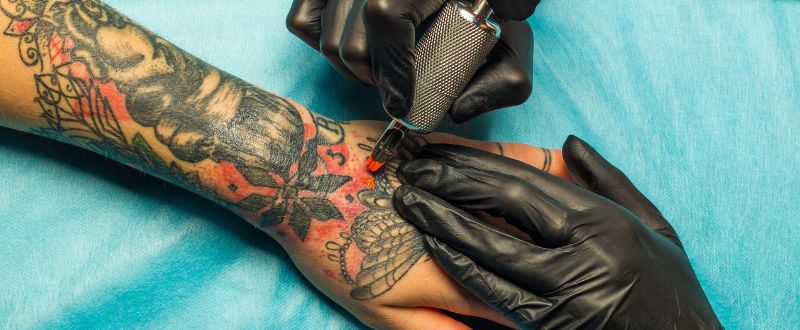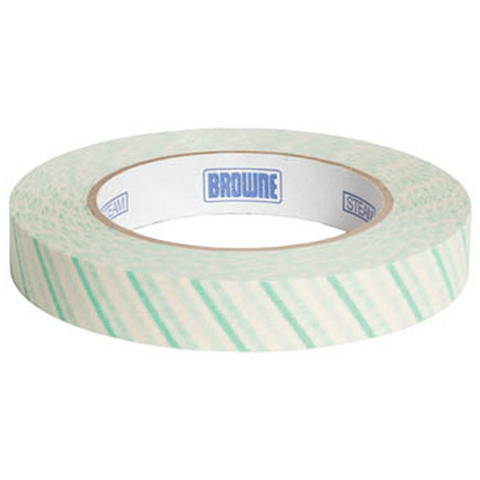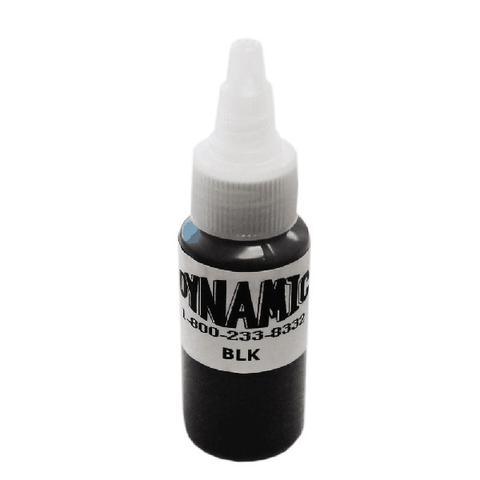Why Sailor Jerry tattoos are more than just ink: Culture, history, and legacy

Sailor Jerry tattoos go beyond the surface, carrying stories and traditions with every design. Norman Keith Collins, better known as Sailor Jerry, was not just any tattoo artist. He left a mark on the tattoo world with his unique blend of styles and innovations that still resonate today. Let's see why his tattoos stand out and mean so much more.
Who is "Sailor Jerry" and the meaning behind the name
Sailor Jerry was the professional moniker of Norman Keith Collins, an influential American tattoo artist known for his significant impact on modern tattooing. Born in 1911, he earned the nickname "Sailor Jerry" because of his career in the U.S. Navy and his profound connection to nautical themes, which were prominently featured in his tattoo designs.
His work, characterised by bold lines and vibrant colours, often depicted nautical symbols, ships, and pin-up girls, becoming iconic within the tattoo community. Beyond tattooing, Sailor Jerry was a true Renaissance man, dabbling in radio and inventing, but it's his pioneering contributions to the art of tattooing that make him most remembered.
His name signifies his personal history and interests and represents a worldwide legacy influencing the tattoo industry.

What is the story of Sailor Jerry Tattoo?
Early years and introduction to tattooing
Born in 1911 in Reno, Nevada, Collins' early life was marked by a quest for adventure and self-discovery. His teenage years were spent on the move, a reflection of the restless spirit that would define much of his life. It was during these formative years, through encounters with figures like "Big Mike" from Palmer, that Collins was first introduced to the art of tattooing—a chance meeting that would set the course for the rest of his life.
Learning the craft
The journey to becoming a tattoo artist was steeped in secrecy and exclusivity during the early 20th century. Tattooing was a closely guarded trade, with knowledge passed down from master to apprentice in a very selective manner. Collins' encounter with Chicago's renowned tattoo artist, Thomas Tatts, marked a significant turning point. It was from Tatts that Norman Collins learned to operate a tattoo machine, a skill that would later become a cornerstone of his legacy.
Military service and cultural influence
Collins' decision to enlist in the United States Navy at 19 was more than just a career choice—it was a doorway to the world. His time in the Navy exposed him to a variety of cultures, symbols, and the deep-seated traditions of maritime life, all of which would deeply influence his work as a tattoo artist. This period was crucial in shaping his aesthetic, marked by bold lines, vibrant colours, and themes that captured the life of sailors, from nautical symbols to exotic locales.
Settling in Hawaii and establishing a legacy
Collins' eventual settlement in Honolulu, Hawaii, in 1940, began a new chapter. Here, he opened his first tattoo studio, leveraging his experiences and influences to forge a style that was distinctly his own. Hawaii's strategic location as a naval hub provided a steady stream of sailors, ensuring that Sailor Jerry's work was not only seen but carried across the world on the skin of those who visited his studio.
Impact of Sailor Jerry on the tattoo industry

Artistic influence
Sailor Jerry's distinctive style blended elements of American, Japanese, and nautical themes, creating an entirely unique tattoo art genre. His designs were characterised by bold lines, vibrant ink colours, and intricate detail, setting a new benchmark for what was possible in tattoo art. Sailor Jerry's motifs, including eagles, ships, and pin-up girls, have become iconic within the tattoo community and continue to inspire new generations of tattoo artists.
Technological advancements
Sailor Jerry's transition from the traditional hand-poke technique to the electric tattoo machine was a significant turning point for him and the entire tattoo industry. This shift allowed for greater precision, reduced tattooing time, and opened up new possibilities for intricate designs that were not feasible with the hand-poke method. His ongoing refinements to the tattoo machine, including adjustments to power supplies and machine configurations, enhanced the efficiency and safety of tattooing.
By configuring needles to cause less skin damage and advocating for single-use needles, Sailor Jerry set new standards for tattoo quality and client care.
Hygiene and safety innovations
Sailor Jerry's introduction of the autoclave steriliser into the tattooing process was a groundbreaking step towards ensuring the safety and hygiene of tattooing. Before this, the industry lacked standardised methods for sterilising equipment, which increased the risk of infections.
Ink innovation
The invention of a unique purple ink was another of Sailor Jerry's significant contributions. By experimenting with pigments to create a vibrant and durable purple, he expanded the colour palette available to tattoo artists, enabling more diverse and creative designs. This innovation also underscored his commitment to safety, as he aimed to develop pigments that were visually striking and gentle on the skin.
Professionalism and ethics
Sailor Jerry was known for his strong work ethic and commitment to professionalism, setting high standards for others in the industry to follow. He treated tattooing as a craft and an art form deserving of respect and dedication. This attitude helped elevate the status of tattoo artists and contributed to the increasing acceptance of tattoos in mainstream culture.
Legacy and mentorship
Perhaps one of his most enduring legacies is his influence on other tattoo artists. Sailor Jerry mentored several notable artists, including Ed Hardy and Mike Malone, who became influential figures in their own right. Sailor Jerry's style and ethos were passed down to subsequent generations through his mentorship, ensuring his impact would endure.
Cultural impact
Sailor Jerry helped embed tattoos in American popular culture, particularly among sailors and military personnel, contributing to the broader acceptance and popularity of tattoos in society. His work reflected and influenced the changing attitudes towards tattoos, from marks of rebellion to expressions of personal identity and art.
Branding and commercial success
After his death, Sailor Jerry created a brand that expanded beyond tattooing to include various products, most notably Sailor Jerry Spiced Rum. This brand extension has introduced Sailor Jerry's legacy to a wider audience, ensuring his influence continues within the tattoo community and mainstream culture.
What is Sailor Jerry's tattoo style?

Sailor Jerry's tattoo style is renowned for its boldness, vibrancy, and iconic imagery, deeply rooted in the traditions of American and nautical themes, with a significant influence from Asian art, particularly Japanese tattooing. This unique blend gave rise to a distinctive style that has become synonymous with classic American tattoos. Key characteristics of Sailor Jerry's tattoo style include:
- Bold lines: One of the hallmarks of Sailor Jerry's work is the use of thick, bold outlines that make the designs stand out and improve their longevity on the skin. These bold lines became a defining feature of traditional American tattooing.
- Vibrant colours: While he worked extensively in black ink, Sailor Jerry is also known for his use of bright, saturated colours in his tattoos. He even developed his own pigments to achieve the vibrant hues that became a signature part of his style.
- Nautical and military themes: Reflecting his own experiences in the U.S. Navy, Sailor Jerry's work frequently incorporated nautical themes, such as ships, anchors, compasses, and eagles, as well as patriotic elements that resonated with sailors, soldiers, and marines.
- Asian influence: Sailor Jerry was deeply influenced by Asian art, especially Japanese tattooing, which is reflected in the fluidity of his designs and the incorporation of elements like dragons, koi fish, and cherry blossoms. This blend of East and West is a distinctive aspect of his style.
- Iconic imagery: His work often featured classic tattoo motifs such as hearts, roses, daggers, skulls, and snakes, as well as pin-up girls and banners with bold lettering. These designs not only showcased his artistic skill but also conveyed meanings and sentiments popular among his clientele.
- Complexity and detail: Despite the apparent simplicity of his designs, Sailor Jerry's tattoos often contained a high level of detail and complexity, with intricate shading and a dynamic sense of movement.
Final words
Sailor Jerry tattoos are more than just ink on the skin. They're a testament to a man who changed the face of tattooing with his artistry, commitment to safety, and the deep meanings imbued in his designs. Wearing a Sailor Jerry tattoo carries a piece of history, a symbol of identity, and a work of art all in one.
Sailor Jerry's tattoos remind us that behind every tattoo, there's a story, a tradition, and a pioneer who saw tattoos as a profound way to express oneself. They continue to inspire and resonate with people worldwide, proving that they are much more than just ink.
- Mark Joshua Luz








